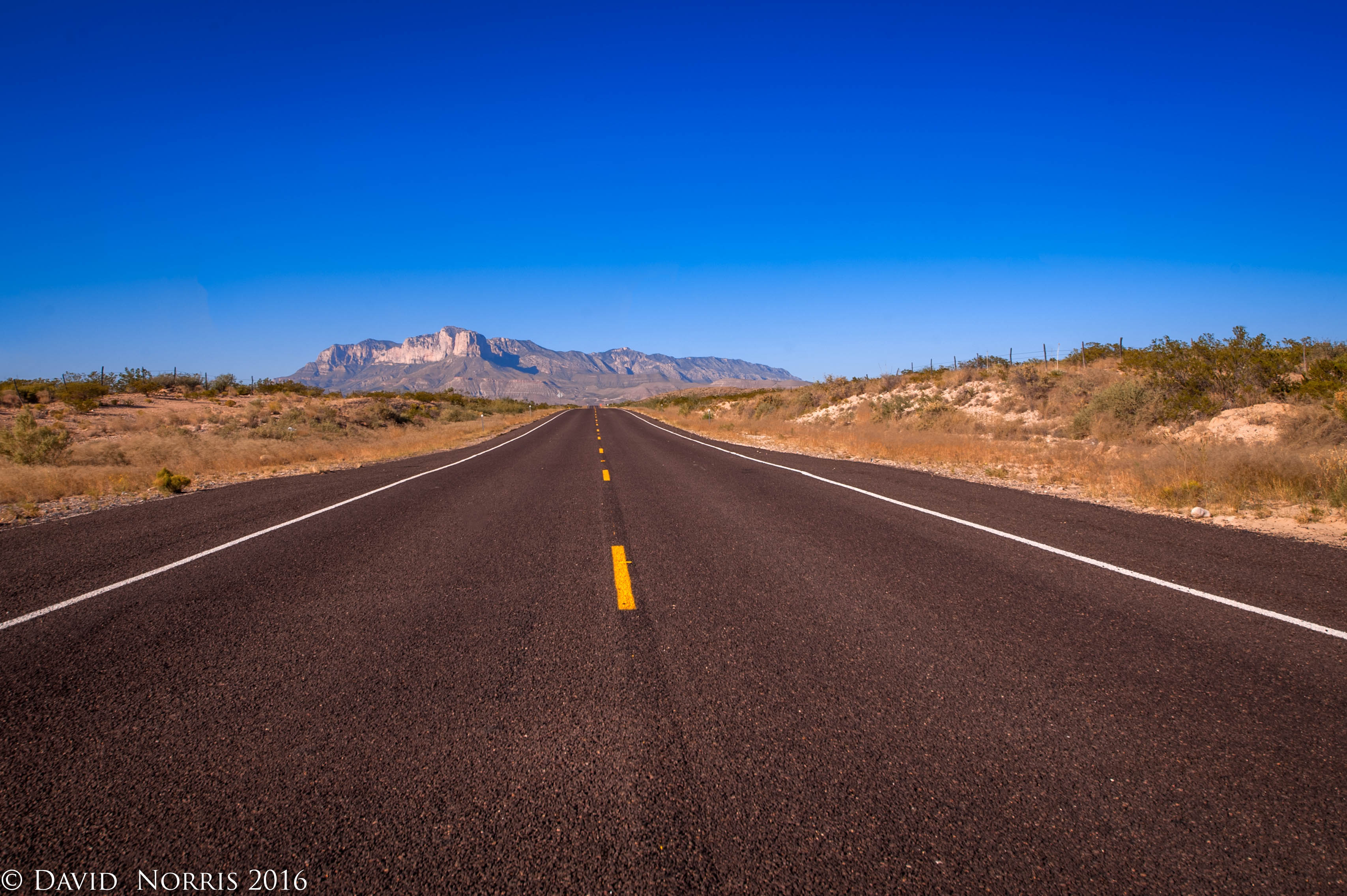The Guadalupe Mountains National Park, located in west Texas, is a center of geological wonderment. This area preserves some of the exposed remains of the Capitan Reef, one of the worlds finest examples of ancient barrier reefs. Seawater and decade marine organisms deposited lime along the shelf of the Delaware Basin of the Permian Sea, forming a reef hundreds of feet thick. Erosion wore away the soft rock, which exposed the limestone of the Capitan Reef – this process continues today. The run off deposited salt on the flats which today are west of the park.
There is evidence left behind, pictographs and cooking pits that date back 12,000 years. Some of these sites are accessible to hikers. This area was the scene of a lot of blood shead between the Mescalero Apaches and Comanches. The Comanches had driven the Mescaleros to the area where they learned to survive on native plants and animals. The tribe roamed the area depending on the season and were eventially driven out of the Guadalupes by U.S. soldiers after a number of brutal battles. This area today still is an important cultural and spiritual sanctuary for decedents of the Mescalero. Members of the tribe return to the area to harvest agave which is used for ceremonial purposes.
Felix McKitrick was one of the first settlers in the Guadalupe Mountains, he worked cattle here during the 1870’s. McKittrick Canyon is named after him. Frijole Ranch was the first ranch house built in 1876 by the Rader brothers. The ranch house was the only major building in the region and served as a community center and regional post office from 1916 to 1942 – the ranch house has been restored and is a museum today. In 1908, Henry Belcher constructed a house for he, his wife and daughter. They lived there on the ranch for over 10 years at times supporting over 3,000 heads of longhorns. The wildlife in the area at that time included – bear, wolf, mountain lions, bighorn sheep and elk. Even some jaguar and grizzly would occasionally find refuge in the canyons. In the spring thousands of ducks, geese, cranes, and hawks would migrate along with many species of song birds. In a short period of the time the area was overgrazed and the animal population dwindled because of hunting, trapping , disease and the change of regional vegetation from grasses to shrubs.
In 1917, James Williams, from Louisiana, acquired the house and ranch property. He ran several hundred heads of longhorn for several years then switched to sheep and goats. The ranch was purchased by Judge J. C. Hunter in 1942 to be added to extensive holding he already had in the Guadalupe Mountains. After his death Hunter’s son sold the ranch to National Park Service in 1966. On October 15, 1966 President Lyndon Johnson signed the act establishing the park. The park opened in 1972.
The Guadalupe National Park contains Guadalupe Peak, which is the highest point in Texas at 8,749 feet in elevation. It also contains El Capitan which was a landmark by people traveling across the country to California. Later this same route was used by the Butterfield Overland Mail stagecoach – you can visit the ruins of the old stagecoach stain near the Pine Springs Center. The park covers 86,367 acres. There are numerous trails (over 80 miles) for both hiking and horseback riding. There are sites available for overnight camping.
The Guadalupe Mountain National Park is one of the least know parks in the National Park system – which only proves that there are a lot of folks out there missing a very special place! I asked a young girl who was hiking with her family what she enjoyed doing – she put her straight out, like wings, tuned in a circle and said “THIS IS IT!” She nailed it – if you are looking for an adventure in a beautiful place with tons of history – THIS IS IT!
“The mountains are calling and I must go” John Muir

 The Guadalupe Mountains National Park, located in west Texas, is a center of geological wonderment. This area preserves some of the exposed remains of the Capitan Reef, one of the worlds finest examples of ancient barrier reefs. Seawater and decade marine organisms deposited lime along the shelf of the Delaware Basin of the Permian Sea, forming a reef hundreds of feet thick. Erosion wore away the soft rock, which exposed the limestone of the Capitan Reef – this process continues today. The run off deposited salt on the flats which today are west of the park.
The Guadalupe Mountains National Park, located in west Texas, is a center of geological wonderment. This area preserves some of the exposed remains of the Capitan Reef, one of the worlds finest examples of ancient barrier reefs. Seawater and decade marine organisms deposited lime along the shelf of the Delaware Basin of the Permian Sea, forming a reef hundreds of feet thick. Erosion wore away the soft rock, which exposed the limestone of the Capitan Reef – this process continues today. The run off deposited salt on the flats which today are west of the park.